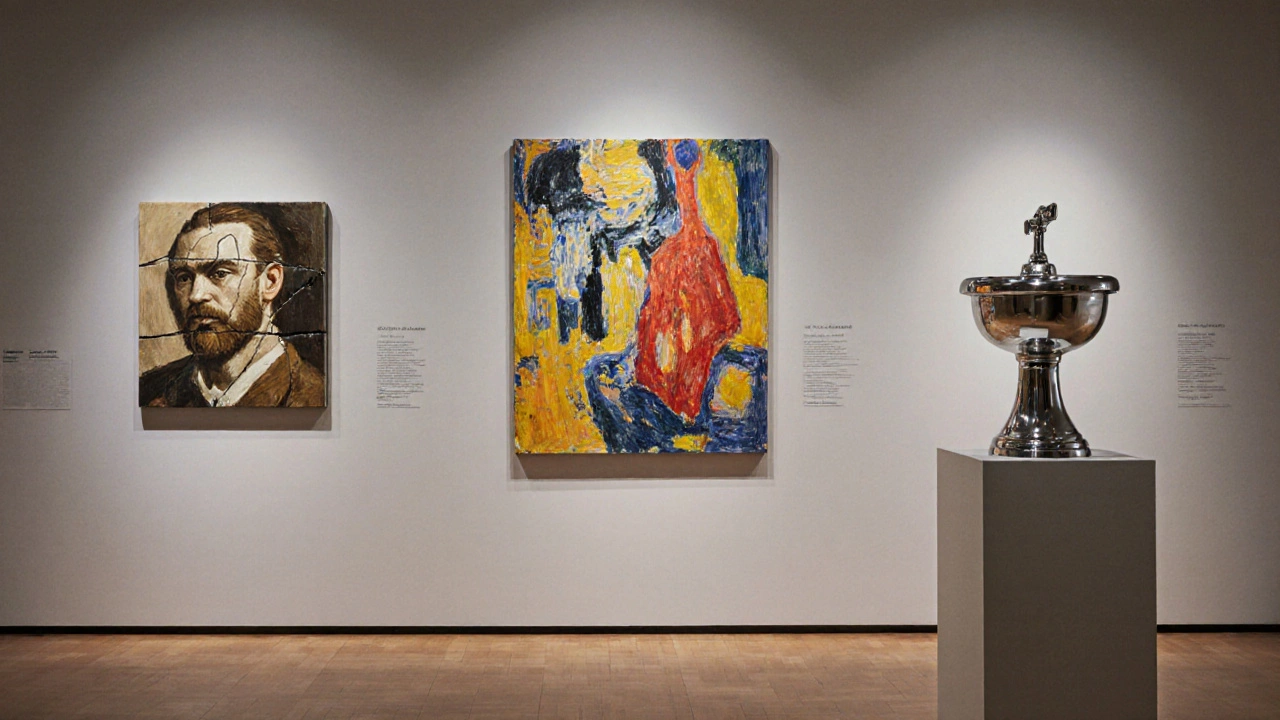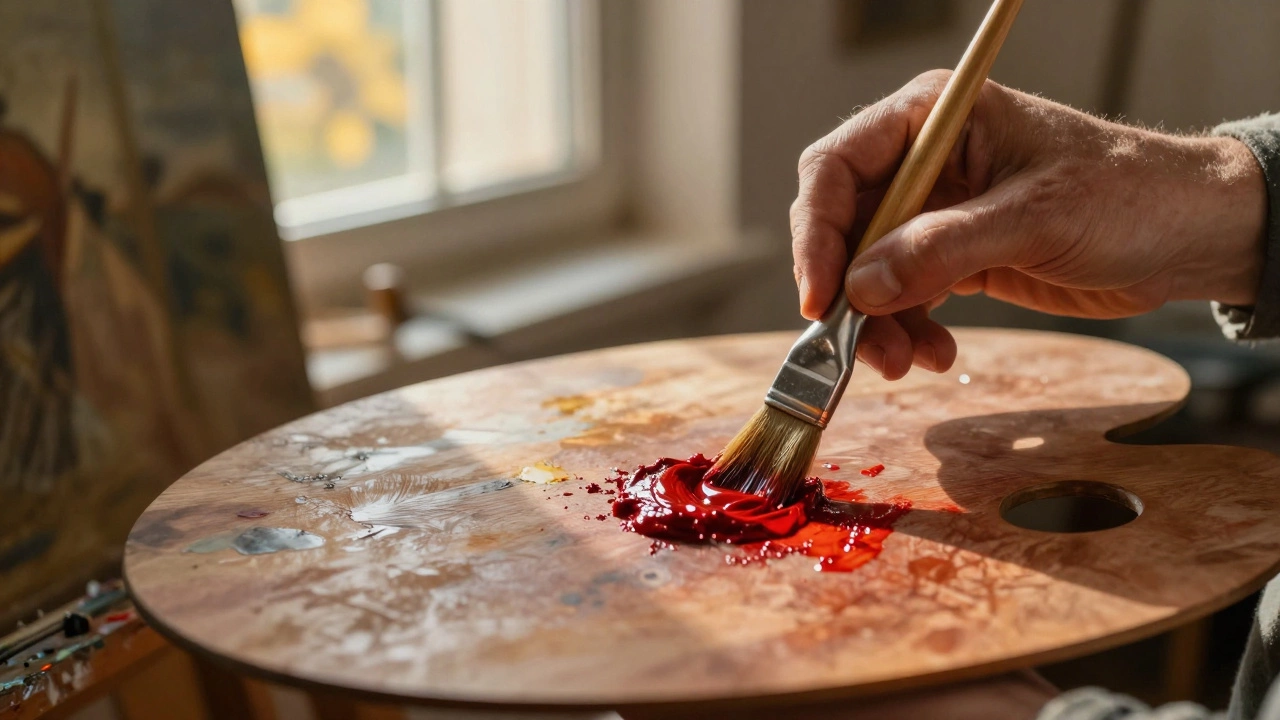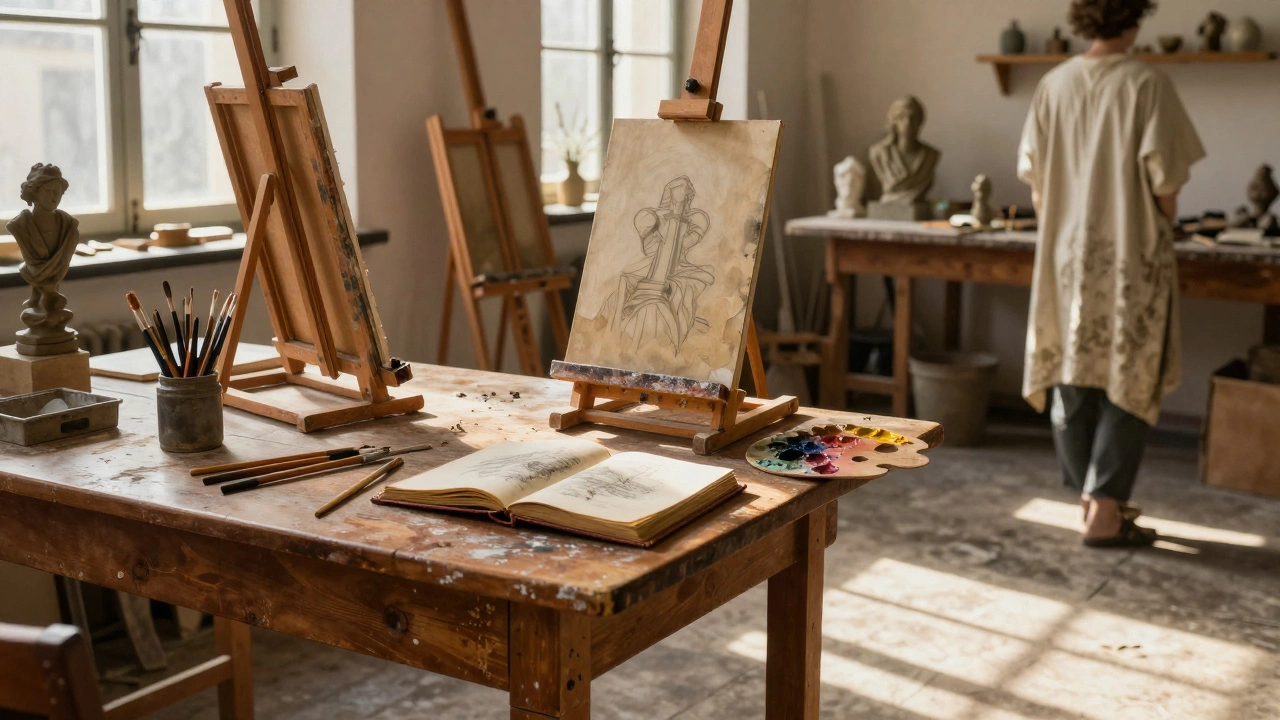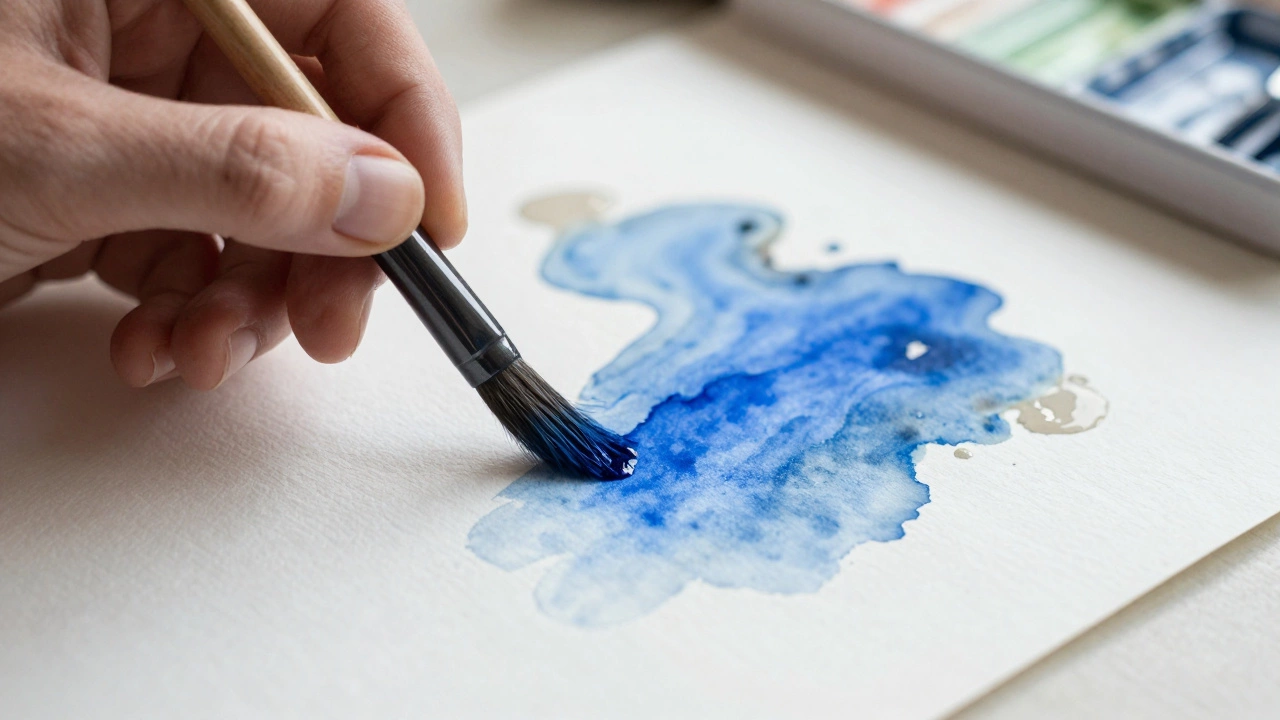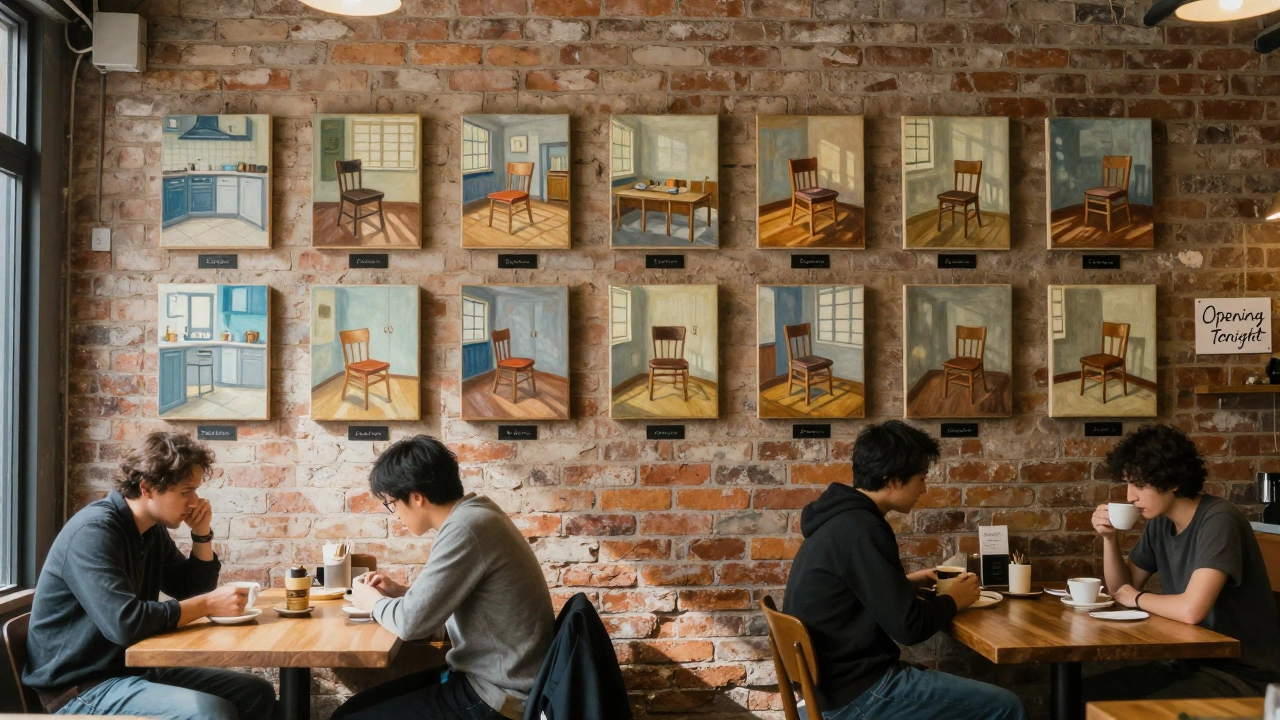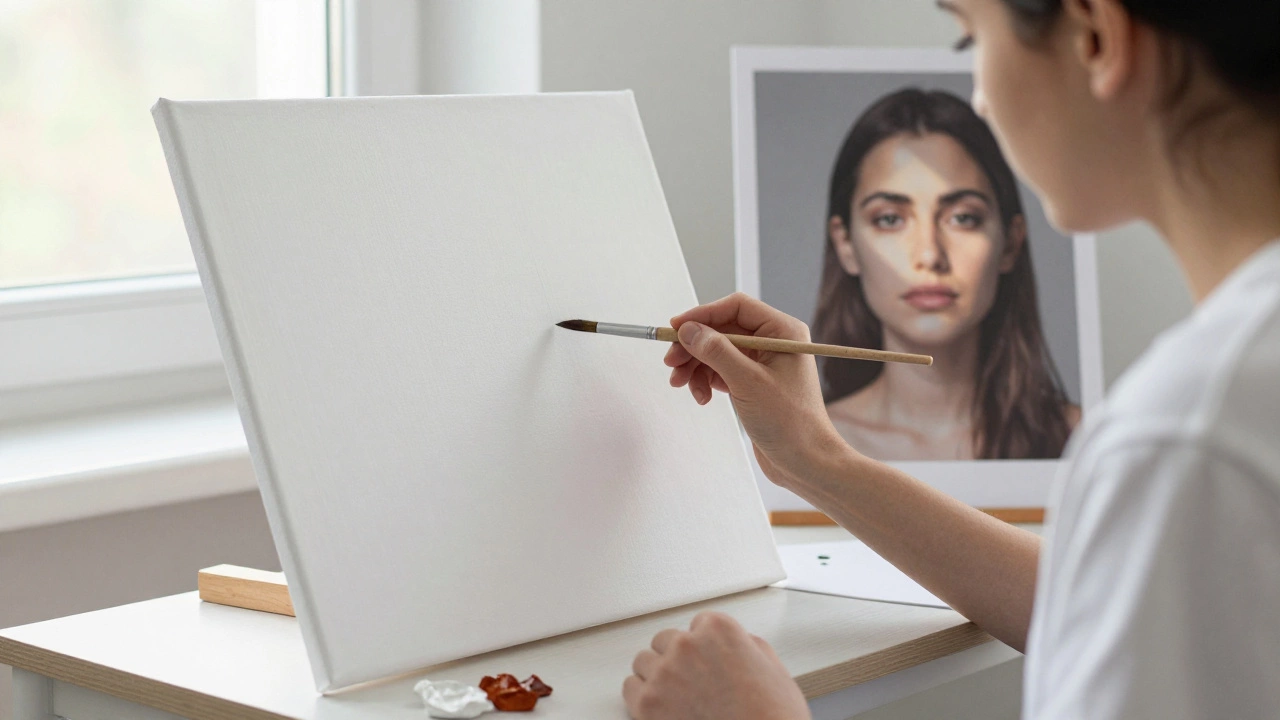Modern Art Quiz
How Well Do You Know Modern Artists?
Test your knowledge of the 13 influential modern artists you should know. Answer 5 questions correctly to earn a perfect score!
Score: 0 / 0
Quiz Complete!
Ever stared at a museum wall and wondered which names belong to the most talked‑about modern artists? You’re not alone. The art world keeps buzzing about a handful of creators whose work reshaped how we see color, form, and everyday objects. This guide breaks down the 13 figures you’ll meet in textbooks, galleries, and coffee‑shop conversations, and shows why they still matter today.
What makes someone a modern artist?
Before we dive into the list, let’s clear up the label. "Modern" usually points to the period from the late 19th century through the 1970s-a time when artists threw out academic rules and embraced abstraction, experimentation, and the industrial age. They weren’t just painting pretty pictures; they were questioning what art could be.
Key traits include:
- Rejection of realistic representation in favor of abstraction or conceptual ideas.
- Influence from new technologies, urban life, or mass media.
- Bold use of color, line, and unexpected materials.
With that framework, the 13 names below become a snapshot of the movement’s diversity.
1. Pablo Picasso is a Spanish painter and sculptor who co‑founded Cubism and transformed 20th‑century art with fragmented forms and daring perspectives.
Born in 1881, Picasso’s "Les Demoiselles d'Avignon" (1907) shocked the art world by slicing figures into geometric planes. His later "Guernica" (1937) turned canvas into a political protest, showing how modern art could convey powerful social messages.
2. Henri Matisse is a French painter known for his vibrant color palettes and fluid, decorative compositions that epitomize Fauvism.
Matisse’s "The Joy of Life" (1905‑06) radiates pure color, while his later cut‑outs like "The Snail" (1953) prove that even in old age, he could reinvent his technique. His work reminds us that modern art can be both playful and profound.
3. Marcel Duchamp is a French‑American artist whose ready‑made objects questioned the very definition of art.
His infamous "Fountain" (1917), a signed urinal, sparked debates that still echo in today’s conceptual installations. Duchamp showed that an idea could be as valuable as a painted canvas.
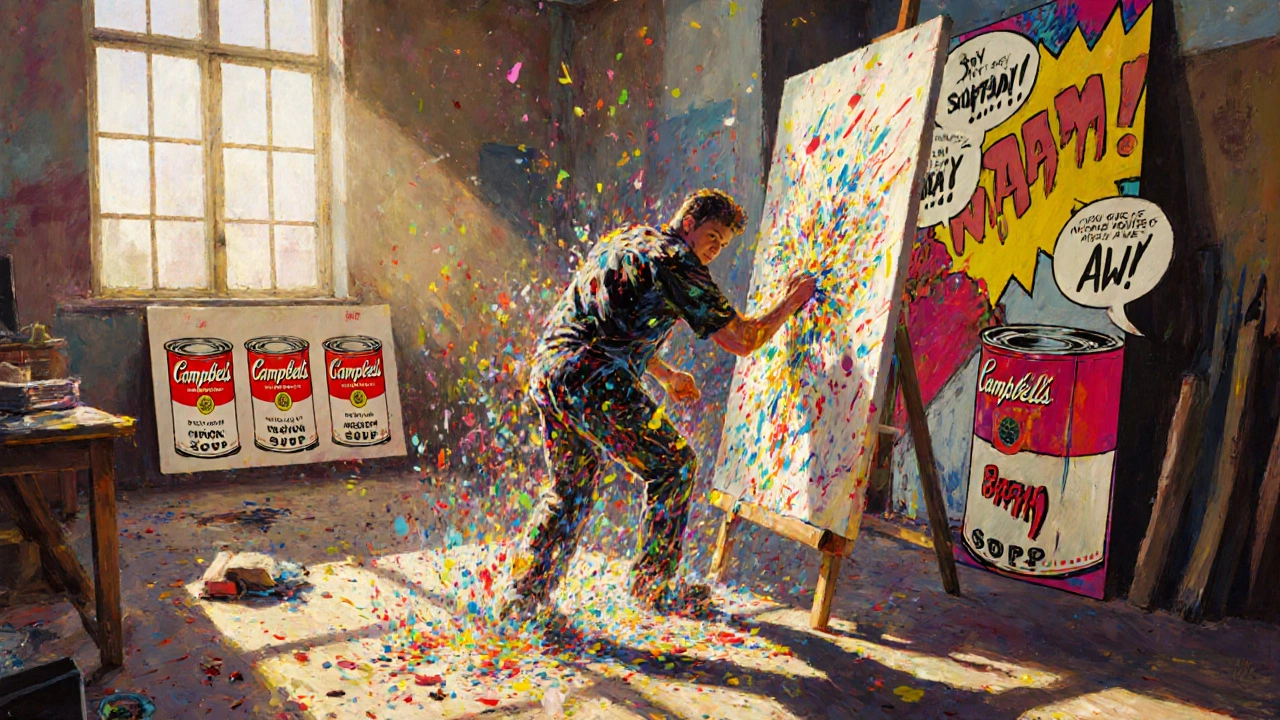
4. Salvador Dalí is a Spanish surrealist whose dream‑like, meticulously detailed paintings blended science, religion, and subconscious imagery.
Dalí’s "The Persistence of Memory" (1931) with its melting clocks remains an instant visual shorthand for surrealism. He proved that modern art could be both bizarre and technically masterful.
5. Jackson Pollock is an American abstract expressionist famous for his drip paintings that turned the canvas into a record of physical motion.
Pollock’s "Number 1, 1949" (a massive drip work) demonstrates how the act of painting became performance. He opened the door for artists to let gesture and energy speak louder than recognizable subjects.
6. Andy Warhol is a leading figure of Pop Art who turned everyday consumer goods and celebrities into iconic, mass‑produced images.
Warhol’s silkscreen series "Campbell’s Soup Cans" (1962) and portraits of Marilyn Monroe illustrate how modern art can mirror and critique media saturation. His factory‑like studio inspired generations of collaborative art practices.
7. Roy Lichtenstein is an American Pop artist known for his comic‑book style paintings that blur the line between high art and popular culture.
Works like "Whaam!" (1963) employ bold outlines, Ben‑Day dots, and speech balloons, turning a cheap visual language into museum‑worthy pieces. Lichtenstein showed that humor and irony could be serious artistic tools.
8. YayoiKusama
Born in 1929, Kusama’s obsessive polka‑dot installations and infinite‑mirror rooms create immersive environments that explore self‑obliteration and mental health. Her "Infinity Mirror Room - The Souls of Millions of Light Years Away" (2013) draws crowds eager to step into a never‑ending space.
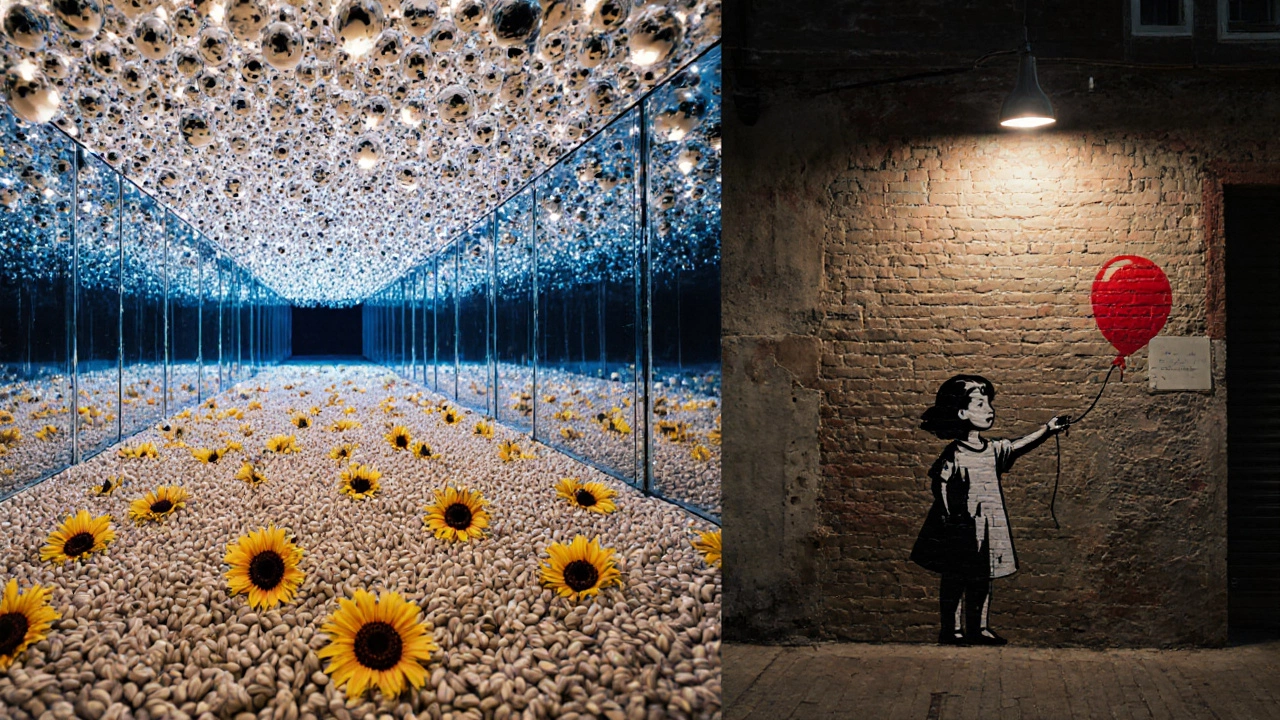
9. JeffKoons
Koons pushes the boundaries of scale and consumer culture with works like "Balloon Dog" (1994‑2000). By fabricating glossy, larger‑than‑life objects, he asks what value we assign to everyday items when they become art.
10. DamienHirst
Hirst’s “The Physical Impossibility of Death in the Mind of Someone Living” (1991), a shark suspended in formaldehyde, turned mortality into a visual spectacle. His spot‑paint series explores repetition and chemistry, cementing his role in the Young British Artists movement.
11. Banksy
The anonymous street artist uses stenciled satire to comment on politics, capitalism, and social injustice. Works like "Girl with Balloon" (2002) have popped up worldwide, proving that modern art can thrive outside galleries.
12. GerhardRichter
Richter’s photorealistic paintings and abstract “squeegee” works showcase a duality: he can mimic a photograph one moment, then erase it with a blade of color the next. This tension keeps his oeuvre endlessly fresh.
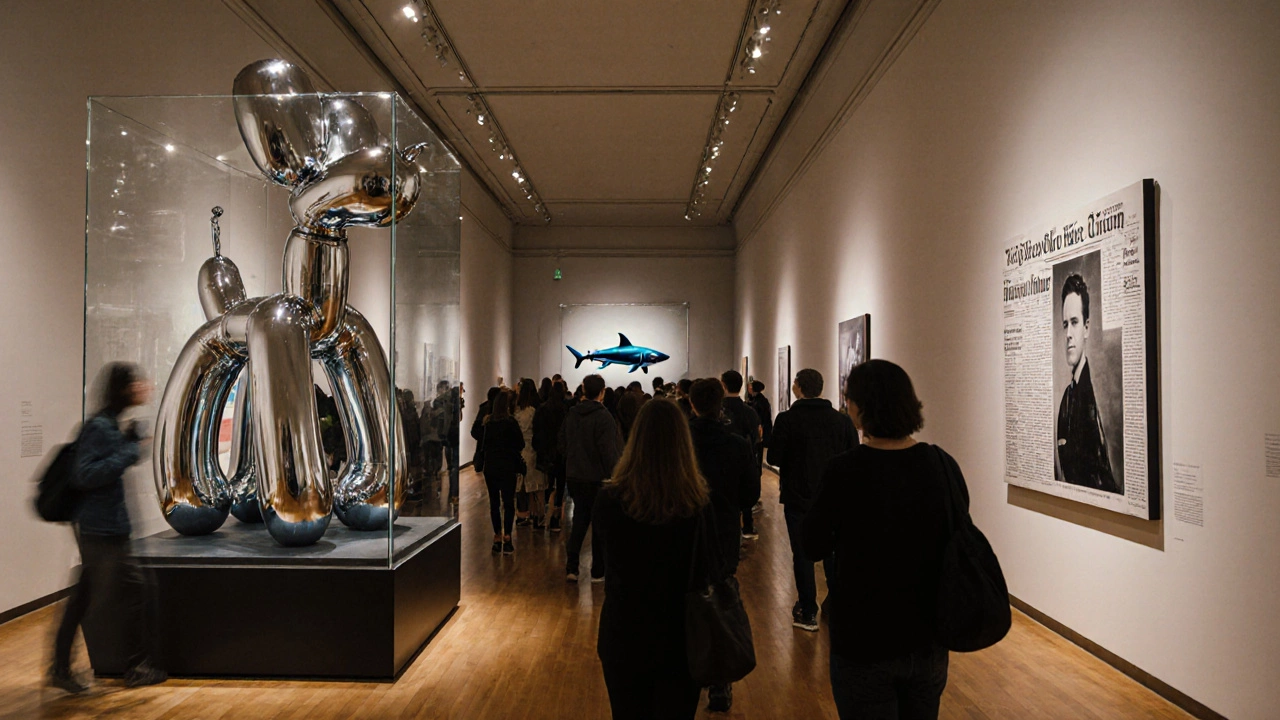
13. AiWeiwei
Chinese activist and multimedia artist Ai‑Weiwei blends sculpture, installation, and social media to critique censorship and human rights. His 2015 installation "Sunflower Seeds" (over 100 million porcelain seeds) illustrated collective power and individual fragility.
How to explore these artists today
Most major museums have dedicated rooms or rotating exhibitions for these figures. Want a quicker dive?
- Check online collections from the MoMA, Tate Modern, or Centre Pompidou-high‑resolution images are free.
- Watch documentaries on Netflix or YouTube; "The Art of Life" (2023) offers solid overviews.
- Visit local galleries that host pop‑up shows of contemporary reinterpretations; many feature emerging artists inspired by the masters above.
These steps let you see the original works and their modern echoes without a passport stamp.
Tips for spotting modern art in the wild
- Look for abstraction: shapes that don’t directly represent real objects.
- Notice the material: everyday items, industrial paints, or digital screens can all be art.
- Ask “what’s the idea?” Modern pieces often prioritize concept over technique.
- Consider context: a museum label or street location can dramatically shift meaning.
When you start asking these questions, you’ll quickly develop a personal language for interpreting modern works.
Key Takeaways
- The term "modern artist" covers a range of styles from Cubism to Pop Art.
- Our 13 figures include pioneers of abstraction, surrealism, conceptual art, and street art.
- Each artist introduced new ways to think about materials, media, and meaning.
- Online resources and local galleries make it easy to see their work today.
- Spotting modern art involves looking for abstraction, unconventional materials, and underlying ideas.
Frequently Asked Questions
Why are Picasso and Matisse considered modern artists?
Both broke from traditional realism in the early 1900s. Picasso’s Cubism fragmented perspective, while Matisse’s Fauvism exploded color. Their innovations shaped the trajectory of 20th‑century art, classifying them as modern.
Can street artists like Banksy be called modern artists?
Yes. Modern art isn’t limited to museums. Banksy’s satirical stencils challenge societal norms, echoing the rebellious spirit of earlier modern movements.
What’s the difference between modern and contemporary art?
Modern art generally spans the late 19th century to the 1970s, focusing on breaking academic rules. Contemporary art refers to work created after that period, often incorporating technology and global themes.
Where can I see works by these 13 artists near me?
Major city museums-like the Museum of Modern Art (NY), Tate Modern (London), or the National Gallery of Victoria (Melbourne)-regularly feature pieces by these artists. Check their online calendars for current exhibitions.
How did Duchamp’s ready‑made concept influence later artists?
Duchamp’s idea that an ordinary object could become art paved the way for conceptual artists like Sol LeWitt and later for installation pieces that prioritize idea over craft.
